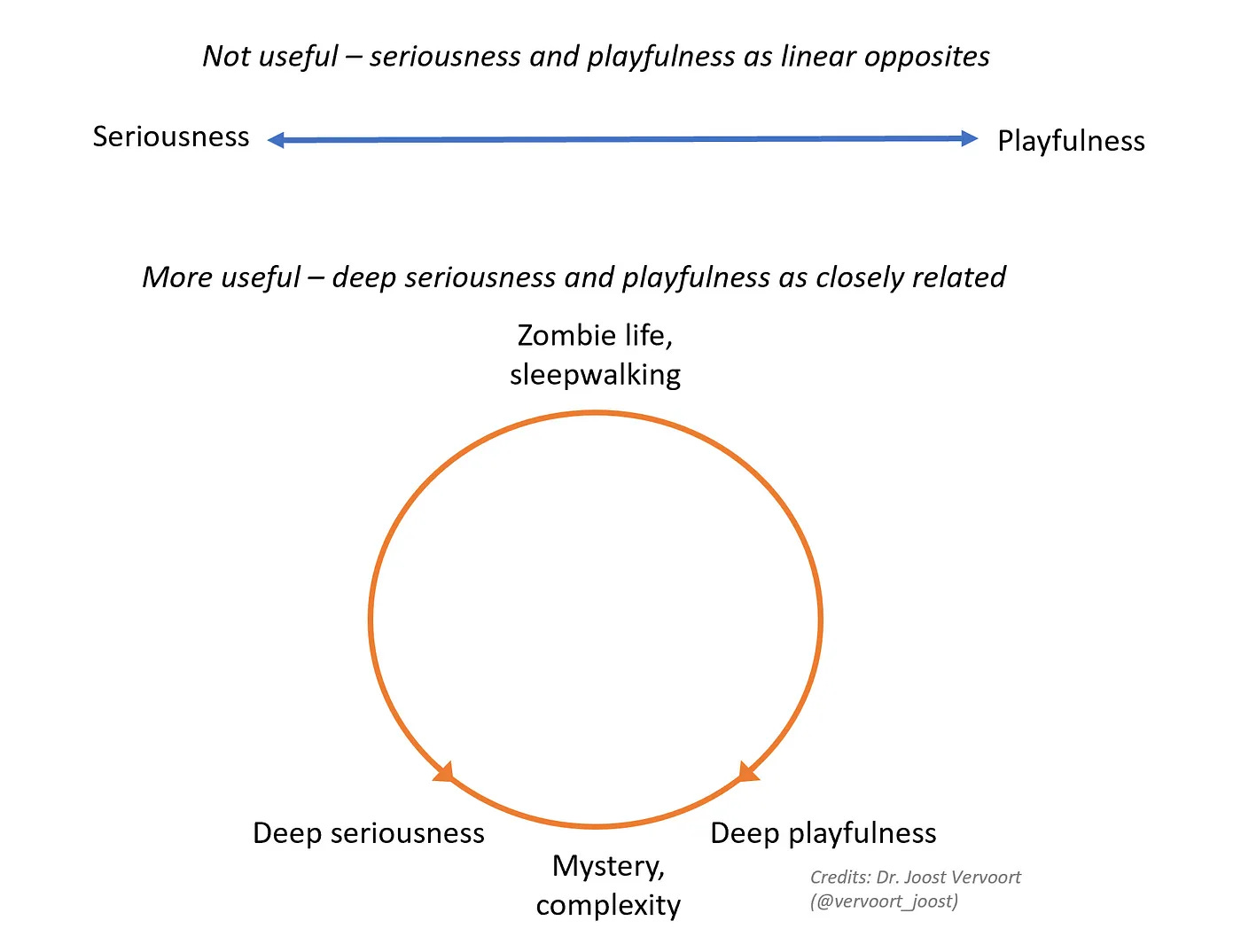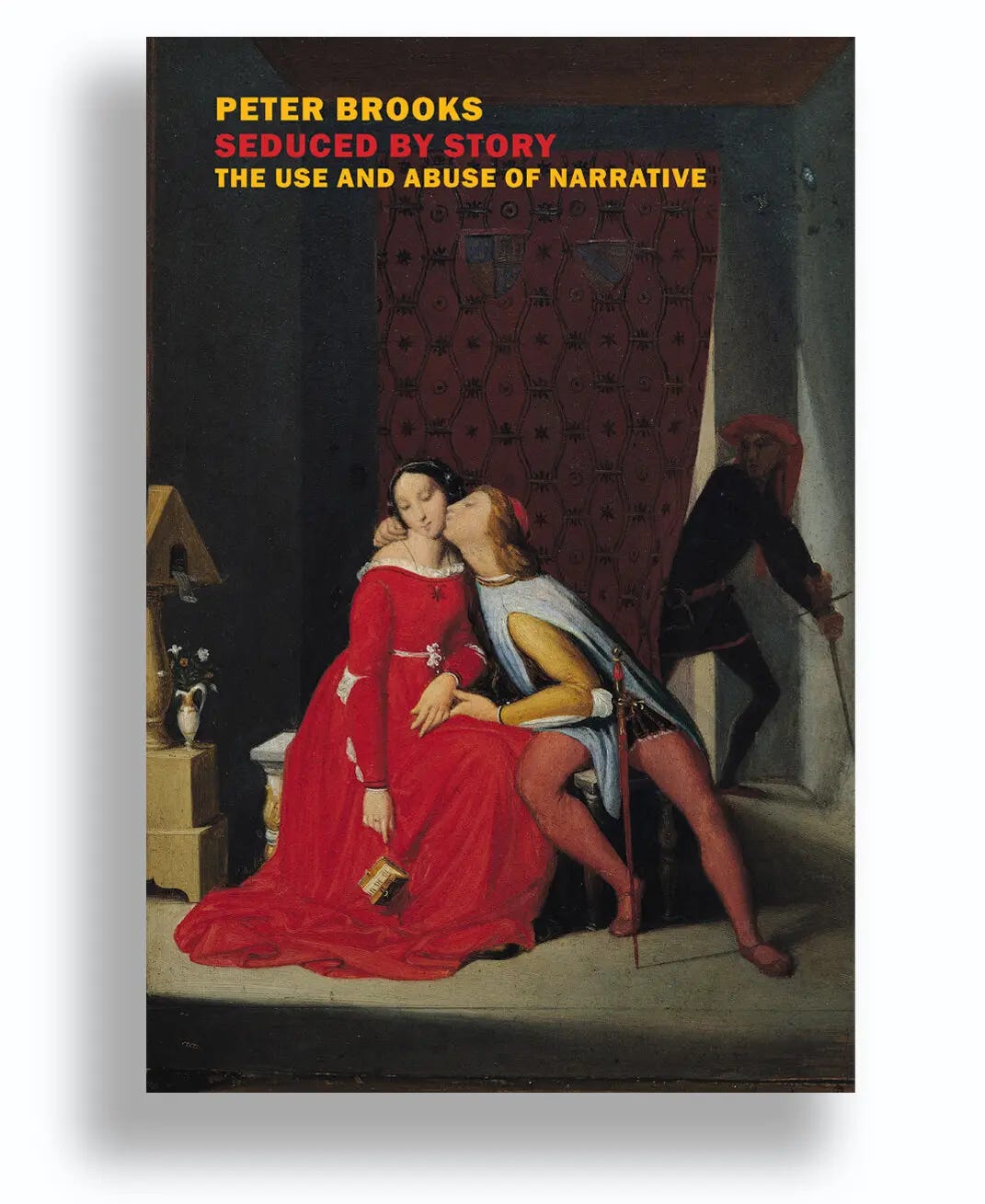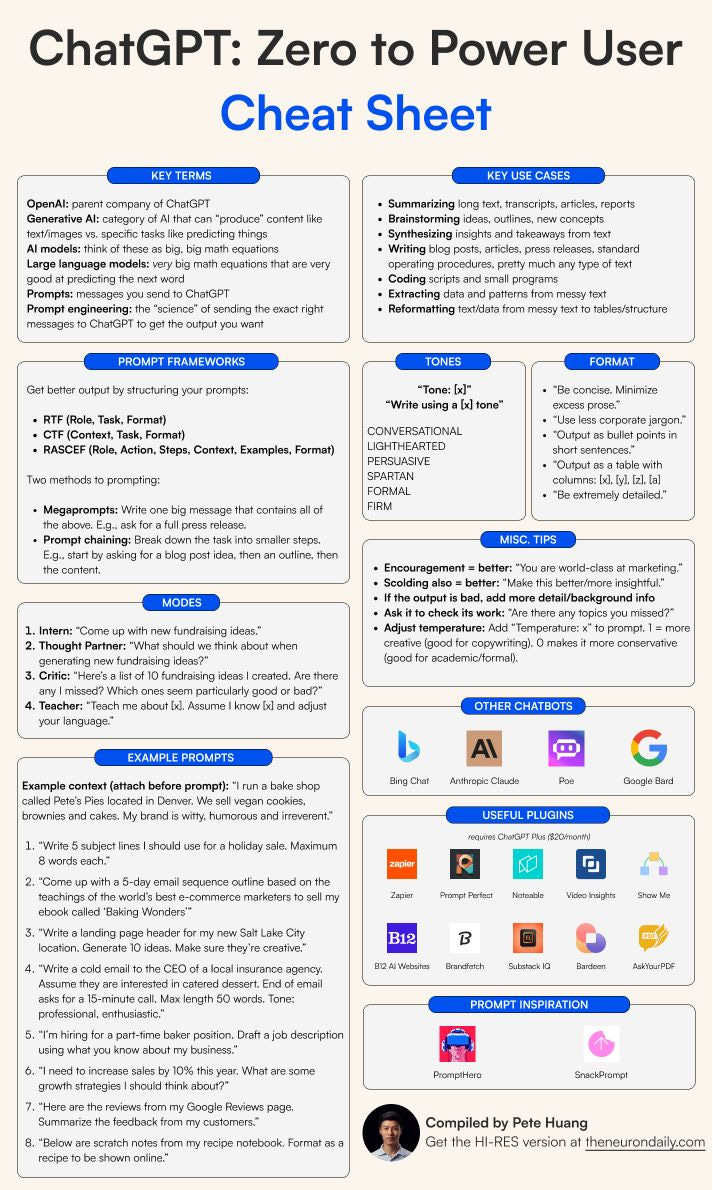📇✨The Nexialist #0126
linear opposites or closely related? | fader | the hidden networks of everything | pyramid vs prism | out-of-place artifact | how reality got storified | sexo en la playa | prompt techniques
welcome to another weekly cyber-quilt of links and bytes, the nexialist
hey, you! i hope this imaginary e-mail finds you well. i’m still over the moon with beyoncé’s concert in amsterdam. i even cried with the amount of joy and poise that god brought to the stage with her crew— or maybe it was just the warmth and overwhelming amount of people. or both. meanwhile, i write this to you during summer’s solstice (happy solstice, folks!), while on a workcation in lisbon, one of my favorite cities in the world (thank you, envisioning!). read until the end for some reframing mindblowing playful ideas, a naughty song and some prompt techniques. enjoy! 🫀
1 year ago » 🔌✨The Nexialist #0076 : Amazonize Beyoncé(?) | Break My Soul | No Awards on a Dead Planet | Entering Flow State | Rituals x Routine | Tips to Unplug | Eefje De Visser | Flourish of Approval
2 years ago » 📺✨The Nexialist #0025 : Fermented Content | Do The Television | PopCorn Garage | Iconographic Search | Culture&Trends Report | Context Collapse | Culture of Proximity | Rosetta Stone for the Digital Age | The Creator Economy
🌀linear opposites or closely related?
thanks to claudia, my mind has been blown. we went for a coffee and she mentioned dr. joost vervoort’s work. take a look:
It is common to refer to seriousness and playfulness as opposites — and perhaps you’re inclined to think of yourself or other people as either tending to be more serious or more playful. But I believe that this denies the richness that can be found when playfulness and seriousness are both understood to be ways into the depths of life, as represented by the bottom half of the circle in the image — and that on top of the circle, the middle point between the two is a sleepwalking zombie existence that is not much of anything at all.
this literal bending of the linear opposites logic (which we are so used to) into a circular visualization, where mystery and complexity connect what used to be opposite ends, did something to my brain. what other current opposites could we visualize in that framework, and what would be the bridge that closes that circle?
it also made me think of our perception of time (hello, gustavo). when we see time as a line (like most western cultures influenced by judeo-christian beliefs, aka genesis —> apocalypse) it shapes our worldview into a linear framework. maybe the above visualization is more resemblant to a worldview where the perspective of time is more spiral?
brainsparks: thriving in paradox (tn#109), modern paradoxes (tn#49), paradoxical relationships (tn#44), first-rate intelligence in opposing ideas (tn#117), a more play-full future + game theory (tn#121)
🎉fader
róisín murphy has been so powerfully playful with her latest releases (see ode to silliness (tn#111) and i just have to share this new song/video. she went back to her hometown and directed the whole video in such a cute way. she said it’s “a song about life & death and everything in between.”
They won't choke the life out my vain jokes
The fun'll go on, oh, oh yeah
I'll meet my maker sometime a little later
And in the meantime
To you l belong
There's no pain without the gains of feeling something true
🕸️the hidden networks of everything
the work of barabási is something i had never heard of before: network science. what is the coolest thing about this, in my opinion, is that it explains how different sets of nodes in complex systems develop, even in different areas. from webpages to relationships, it shows the randomness of networks might not be so random after all.
Our world is filled with an abundance of data. Albert-László Barabási, a network scientist, believes that understanding the underlying structure and relationships of complex systems is crucial. Barabási’s research has challenged the notion of random connections and led to the discovery of a more accurate representation of how these systems are organized.
Barabási’s exploration began with the vast internet. Surprisingly, he found that the intricate web of connections did not follow random patterns but instead followed a power load distribution. He named these networks “scale-free networks.”
Barabási’s groundbreaking work reveals that new connections in our networks tend to form with already well-connected elements. Scale-free networks exist in various complex systems, such as cellular interactions and social networks. This discovery is an important step toward comprehending the remarkable complexity that arises from countless interactions among the world’s many components.
🪜pyramid vs prism
the brainspark from network science brought me back to 8-10 years ago, to a class i had with box1824, a leading brazilian trends consultancy. before this, when studying coolhunting/trends/consumer behavior, we were naively taught influence worked in a pyramid, especially concerning the socioeconomic class. so basically, people wanted to do/consume whatever was done/consumed by the rich. maybe that was true years ago, but today we know things aren’t quite like that.
box1824 reframed this influence pyramid with a prism, and called for the 3 deaths of behavioral research. the traditional demographic data we were so used to in briefs (gender, age, socioeconomic class) did not work anymore. instead of the top-down pyramidal logic, this new image show networked flows within a prism. gender roles have become more fluid and flexible, people don’t act their own age and who is influencing consumption is not always “the top of the pyramid.” it has been quite a long time, and this still lives in my brain.
🔔out-of-place artifact
An out-of-place artifact (OOPArt or oopart) is an artifact of historical, archaeological, or paleontological interest found in an unusual context, which challenges conventional historical chronology by its presence in that context. Such artifacts may appear too advanced for the technology known to have existed at the time, or may suggest human presence at a time before humans are known to have existed. Other examples may suggest contact between different cultures that is hard to account for with conventional historical understanding.
from the messy nessy chic blog, this wikipedia entry can easily turn into a rabbit hole. i had mentioned the ancient computer (tn#48) here before, but i loved learning there is a whole category of those findings.
📇how reality got storified
another thought that had never crossed my mind: what does “too much storytelling” mean. in the book of literary critic peter brooks “seduced by story: the use and abuse of narrative” this “overstorification of reality” is explored.
The novels that Brooks prefers are those that teach us how to read them, that open up possibilities instead of trapping us in a shoddy contrivance with heavy-handed manipulation. He shows how Charlotte Brontë’s “Villette” is a precursor to the fiction of Proust and Faulkner — with an “elusive, unstable” narrator who “makes uncertainty and instability the very principle of story and storytelling, and of self-knowledge.” Drawing on the work of the psychoanalyst and pediatrician D.W. Winnicott, Brooks says that reading fiction is like child’s play; a child engaged in a game of make-believe is simultaneously holding “belief in the fiction and awareness of reality.”
brainsparks: winnicot’s transitional space (tn#78) and breastfeeding the elderly (#114)
🍑sexo en la playa
this song is already one of my summer jams, and i feel like a teenager listening to it. i love the 90s vibe of the whole thing, but also the flirtation moments in the video happening not only between young couples but also older (and gay) couples. cute!
🤖prompt techniques
another cheat sheet from michel zappa’s artificial insights newsletter, which already helped me improve my prompts and understand other ways to interact with chatgpt. (unrelated but beyoncé has appropriated the word technique in my brain.)
see you next week, dear OOPArts 🫀
❓If you want to know what a Nexialist is, click here.
🔎If you want to see what I’ve already posted, visit the archive and use the search engine. Even I do that a lot.
💌I want to know what you think/who you are! Your feedback is highly appreciated; you can e-mail me or fill in this short survey. Thank you! 🙏🏻
🔌Let’s Collab?
I truly believe innovation comes from bringing improbable areas together, and that’s why I called this project The Nexialist. Some sectors are known to be self-referencing and hermetic. Sometimes teams are on autopilot mode, focused on the daily grind, which hinders innovation. As a Nexialist, I like to burst these bubbles, bringing references from different areas, and maintaining teams inspired and connected to the Zeitgeist.
I offer inspiration sessions called Brainsparks, creative desk research (Zeitgeist Boost), Plug’n’Play deals for workshops and sprints, and other bespoke formats. If you want to know more about this, send me an e-mail with your challenge(s) and we can figure something out together. Check out my website and some work I’ve done below:









